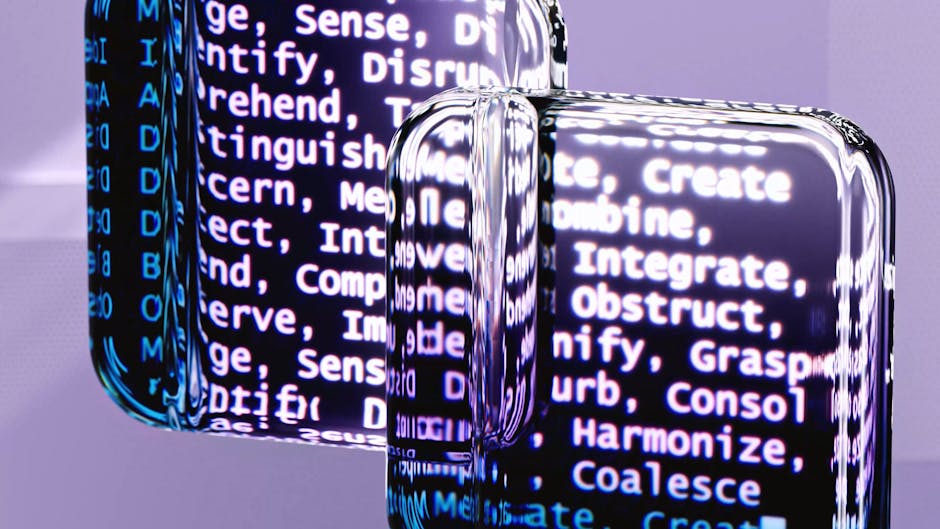The recent advancements in AI are blurring the lines between human creativity and machine learning. While the initial excitement around AI art generators might have been met with skepticism, the rapid progress and increasingly sophisticated outputs are undeniably impressive. This technology is no longer a novelty; it's becoming a powerful tool, capable of generating stunning visuals and potentially reshaping the entire digital art landscape.

Photo by Google DeepMind on Pexels
One of the most intriguing aspects is the collaborative potential. Imagine artists using AI as a creative partner, feeding it their ideas and style to generate a vast range of variations and explore uncharted artistic territories. This fusion of human intuition and machine learning could lead to truly groundbreaking digital art forms. It's not about replacing artists, but rather augmenting their abilities and unlocking new avenues for expression.
However, there are significant ethical considerations to ponder. The ownership of AI-generated art is a complex issue. Who owns the rights to a piece of art where the creative process itself is largely automated? How do we ensure that AI isn't used for unethical purposes, such as the creation of deepfakes or the manipulation of artistic styles without the consent of the original artists? These questions require careful examination and a proactive approach to establishing clear ethical guidelines.
The emergence of AI-powered art tools also raises questions about the future of artistic skill development. Will traditional artistic training become obsolete? The answer is likely a nuanced one. While AI can generate stunning visuals, it may not be capable of capturing the emotional depth and cultural context inherent in artistic expression. Artists who can combine AI-generated elements with a unique artistic vision may have a distinct advantage.
Ultimately, the integration of AI into the art world is a pivotal moment. It's a revolution that will force us to reconsider our understanding of creativity, ownership, and the very definition of art itself. While challenges remain, the potential for innovation and artistic expression is immense. By engaging in open discussions and establishing responsible guidelines, we can harness this technology to create a future where both human and AI creativity can flourish.
